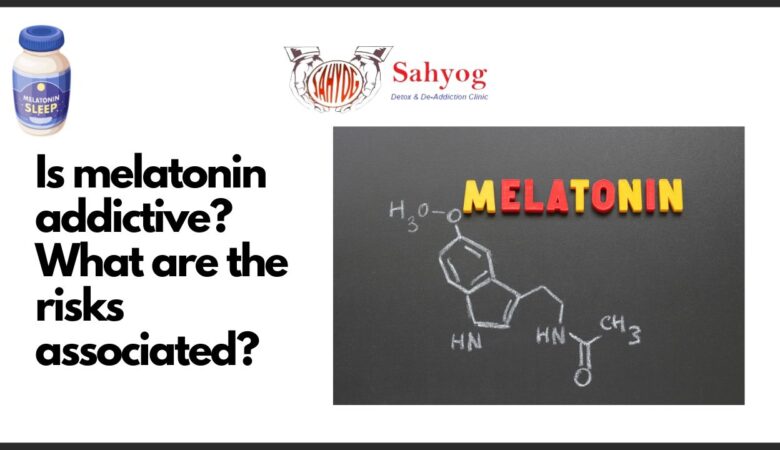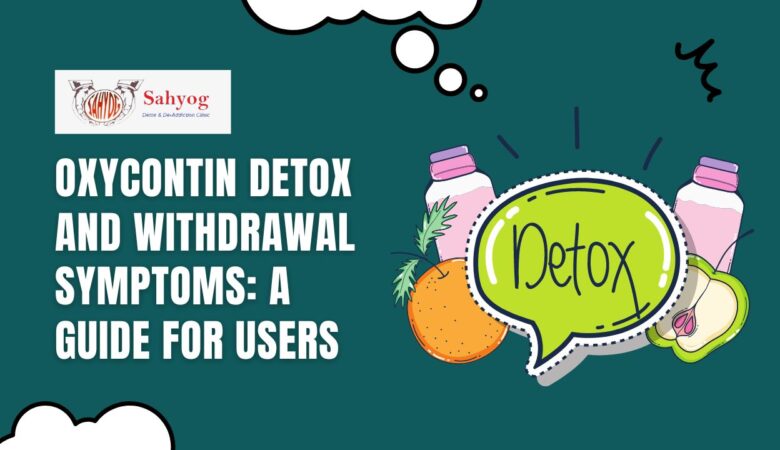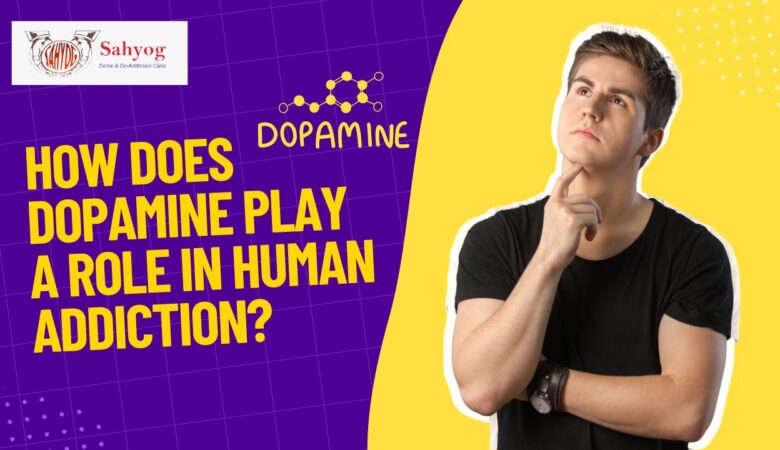Is melatonin addictive? What are the risks associated?
Introduction Melatonin is a hormone that regulates sleep-wake cycles in humans. It is produced by the pineal gland in the brain and is primarily responsible for inducing drowsiness and promoting sleep. Melatonin supplements have become increasingly popular in recent years as a natural remedy for insomnia and other sleep disorders. However, there has been some concern about the potential for melatonin to be addictive and the associated risks. In this article, we will explore the question of whether melatonin is addictive and what the potential risks are. What is Melatonin? Melatonin is a hormone that is naturally produced by the pineal gland in the brain. It is primarily responsible for regulating the body’s circadian rhythm, which is the internal 24-hour clock that controls when we feel alert and when we feel drowsy. Melatonin levels rise in the evening as the sun sets, signaling to the body that it is time to sleep. Melatonin levels decline in the morning as the sun rises, signaling to the body that it is time to wake up. Melatonin supplements are often used to treat insomnia and other sleep disorders. They are available over the counter in many countries and are generally considered safe when used as directed. However, there have been some concerns about the potential for melatonin to be addictive and the associated risks. Is Melatonin Addictive? There is no evidence to suggest that melatonin is addictive in the traditional sense of the word. Unlike other sleep aids such as benzodiazepines or opioids, melatonin does not produce feelings of euphoria or pleasure, nor does it lead to dependence or withdrawal symptoms. Melatonin does not affect the reward centers of the brain in the same way that addictive drugs do. However, some people may become psychologically dependent on melatonin as a sleep aid. This can occur when a person starts to rely on melatonin supplements to fall asleep and cannot sleep without them. While this is not a physical addiction, it can still be difficult for a person to stop using melatonin if they have become psychologically dependent on it. Potential Risks Associated with Melatonin Use While melatonin is generally considered safe when used as directed, there are some potential risks associated with its use. These risks include: Daytime Sleepiness: Melatonin can cause daytime sleepiness, especially if taken in higher doses or if the person is not able to get a full night’s sleep. This can impair a person’s ability to drive or operate heavy machinery and can be dangerous. Headaches: Melatonin can cause headaches in some people, particularly at higher doses. Nausea and Dizziness: Melatonin can cause nausea and dizziness in some people, particularly at higher doses. Hormonal Changes: Melatonin supplements can cause hormonal changes in some people, particularly if taken in large doses or for extended periods. This can affect the menstrual cycle in women and can lower testosterone levels in men. Interactions with Medications: Melatonin can interact with certain medications, including blood thinners, antidepressants, and benzodiazepines. It is important to talk to a doctor before taking melatonin if you are taking any medications. Quality Concerns: Not all melatonin supplements are created equal. Some supplements may contain impurities or inconsistent doses of melatonin, which can be dangerous. It is important to choose a reputable brand and to read labels carefully. Safety Concerns for Children and Pregnant Women: Melatonin supplements are not recommended for children or pregnant women due to the lack of safety data. How Sleep Affected taking Melatonin: How Melatonin Affects Sleep Melatonin works by regulating the body’s internal clock, which controls when we feel alert and when we feel drowsy. Melatonin levels rise in the evening as the sun sets, signaling to the body that it is time to sleep. Melatonin levels decline in the morning as the sun rises, signaling to the body that it is time to wake up. Melatonin supplements are often used to treat insomnia and other sleep disorders because they can help to regulate the sleep-wake cycle. Melatonin supplements can help you fall asleep faster, improve sleep quality, and reduce the amount of time it takes to fall asleep. They are particularly effective for people who have trouble falling asleep due to jet lag, shift work, or other disruptions to the sleep-wake cycle. Melatonin supplements are available over the counter in many countries and are generally considered safe when used as directed. However, there are some potential side effects associated with their use, including daytime sleepiness, headaches, and nausea. When to Take Melatonin The timing of melatonin supplementation is important for its effectiveness. Melatonin supplements should be taken 30-60 minutes before bedtime to help regulate the sleep-wake cycle. It is important to take melatonin at the same time each day to help maintain a consistent sleep schedule. It is also important to avoid bright light exposure, including electronic screens, in the evening as this can interfere with the body’s production of melatonin. This is particularly important if you are taking melatonin as a sleep aid. Melatonin Dosage The recommended dosage of melatonin varies depending on the individual and the reason for taking it. For general sleep disturbances, a dosage of 1-5 mg is typically recommended. Higher doses may be recommended for specific conditions such as jet lag or delayed sleep phase syndrome. It is important to start with a low dosage and gradually increase it if necessary. It is also important to talk to a doctor before taking melatonin if you are taking any medications or have any underlying health conditions. Melatonin and Sleep Disorders Melatonin supplements are particularly effective for certain sleep disorders, including: Insomnia: Melatonin supplements can help people with insomnia fall asleep faster and improve the quality of their sleep. Jet Lag: Melatonin supplements can help to reset the body’s internal clock and reduce the effects of jet lag. Shift Work Disorder: Melatonin supplements can help people who work night shifts regulate their sleep-wake cycle. Delayed Sleep Phase Syndrome: Melatonin supplements can help people with delayed sleep phase syndrome regulate their



